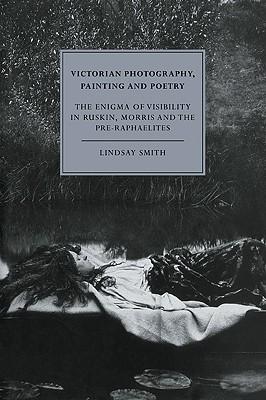
- We will send in 10–14 business days.
- Author: Lindsay Smith
- Publisher: Cambridge University Press
- ISBN-10: 0521054680
- ISBN-13: 9780521054683
- Format: 15.2 x 22.9 x 1.5 cm, minkšti viršeliai
- Language: English
- SAVE -10% with code: EXTRA
Reviews
Description
This book explores the intersections between Victorian literature, painting and photography. Taking as a starting point mid-nineteenth-century developments in the understanding of visual perception, Lindsay Smith examines the representation of a pervasive desire for a literal understanding of the process of seeing and perceiving. This is played out in the aesthetic theory of John Ruskin, the early poetry of William Morris, paintings of the Pre-Raphaelites, and in the photographic technique of combination printing. She demonstrates how the novel presence of the camera in nineteenth-century culture not only transforms acts of looking, but also affects major social, aesthetic and philosophical categories. By exploring the intricacies of photographic discourse she shows how Ruskin and Morris produce a critique of the earlier Cartesian perspectival model of vision.
EXTRA 10 % discount with code: EXTRA
The promotion ends in 23d.20:11:43
The discount code is valid when purchasing from 10 €. Discounts do not stack.
- Author: Lindsay Smith
- Publisher: Cambridge University Press
- ISBN-10: 0521054680
- ISBN-13: 9780521054683
- Format: 15.2 x 22.9 x 1.5 cm, minkšti viršeliai
- Language: English English
This book explores the intersections between Victorian literature, painting and photography. Taking as a starting point mid-nineteenth-century developments in the understanding of visual perception, Lindsay Smith examines the representation of a pervasive desire for a literal understanding of the process of seeing and perceiving. This is played out in the aesthetic theory of John Ruskin, the early poetry of William Morris, paintings of the Pre-Raphaelites, and in the photographic technique of combination printing. She demonstrates how the novel presence of the camera in nineteenth-century culture not only transforms acts of looking, but also affects major social, aesthetic and philosophical categories. By exploring the intricacies of photographic discourse she shows how Ruskin and Morris produce a critique of the earlier Cartesian perspectival model of vision.


Reviews